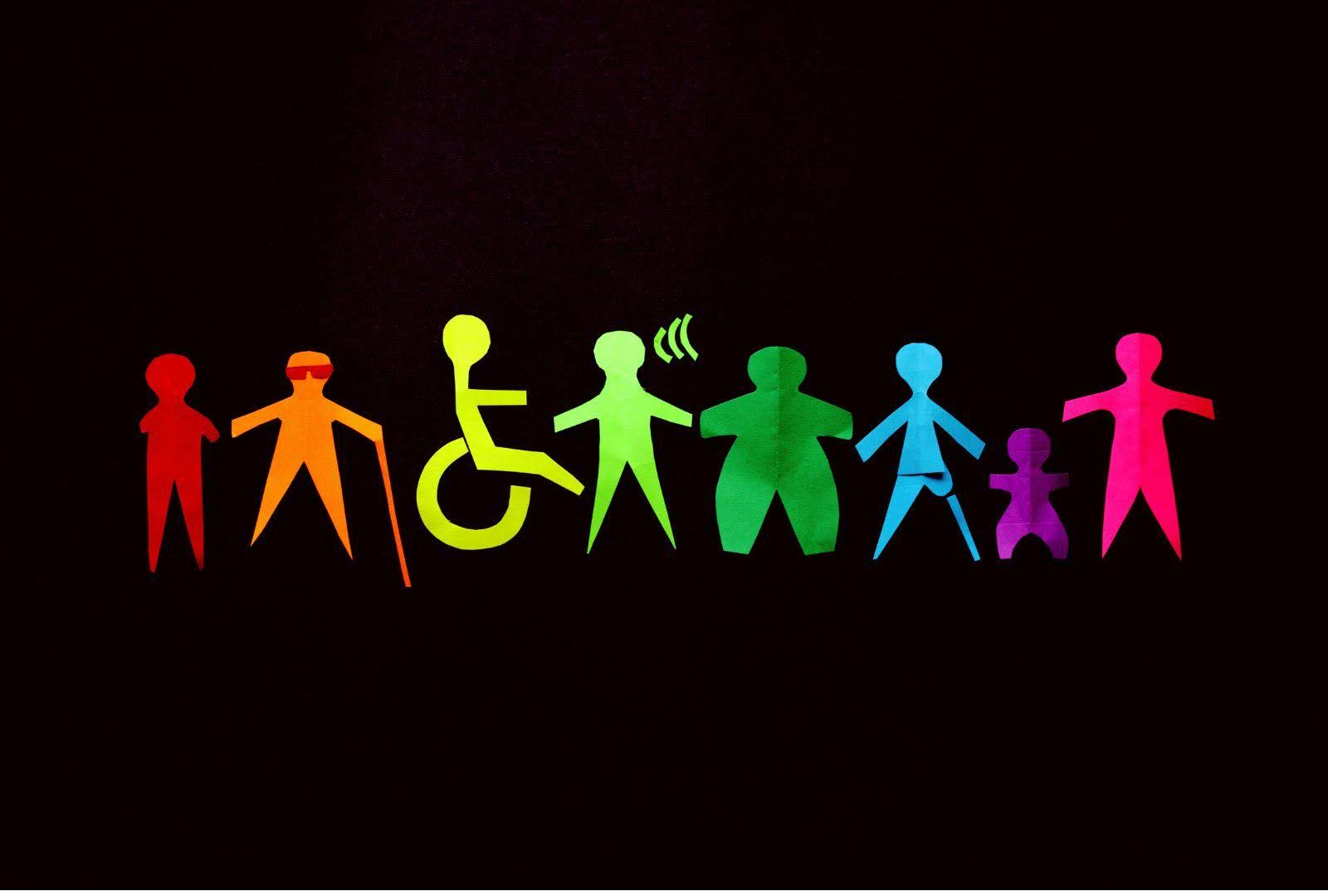
Colourful paper cutouts of figures representing diverse abilities including a wheelchair user and a figure with a hearing aid, symbolising the support for preschoolers with disabilities during seasonal transitions.
As seasons shift, so do the routines and environments that preschoolers with disabilities have just begun to master. This period of transition can be unsettling, but it also presents a unique opportunity to strengthen their adaptability and resilience.
Here’s how you can support these young learners in navigating the changes with confidence and ease.
1. Maintain Consistency Where It Counts
During times of change, maintaining some level of consistency is crucial for preschoolers with disabilities.
Try to keep familiar routines in place, like the same morning welcome or bedtime story ritual. It provides a comforting sense of predictability amidst the newness.
Furthermore, use consistent language when introducing changes, whether it’s a new teacher, classroom, or set of activities.
Consistent communication helps reduce anxiety and builds a bridge of trust that eases the transition into a new season.
2. Prepare Through Pretend Play
Pretend play is not just fun; it’s a powerful teaching tool, especially for children with disabilities.
An expert at GymbaROO, known for its specialised neuro-developmental programs, suggests role-playing different scenarios that might occur with the new season to help preschoolers mentally and emotionally prepare for upcoming changes.
For instance, simulate a classroom setting where leaves are falling or snow is visible through the window. These playful rehearsals can make the actual experience less intimidating and more manageable when it occurs.
3. Create a Visual Countdown
A specialist from Sydney Psych Assessments emphasised the value of visual aids for children with learning disabilities.
They suggest creating a countdown calendar featuring images that represent significant events, such as a pumpkin for fall or a snowflake for winter.
Through marking off each day and discussing the upcoming changes and any feelings associated with them, this approach builds positive anticipation and helps children grasp the concepts of time and change effectively.
4. Engage with Seasonal Sensory Activities
Seasonal transitions are a great time to engage preschoolers with disabilities in sensory activities tailored to the time of year.
Activities like playing with leaves, smelling cinnamon in the fall, or touching cold ice in the winter can be both therapeutic and educational.
These activities stimulate sensory engagement and connect the abstract concept of changing seasons with concrete, tactile experiences.
5. Foster Communication Skills
Effective communication is key during any transition.
Encourage preschoolers with disabilities to express their thoughts and feelings about the changes they’re experiencing. It could be through words, pictures, or any form of communication that works best for them.
Giving them the tools and opportunities to express themselves empowers them to take control of their own experiences and emotions.
Navigating New Horizons Together
Supporting preschoolers with disabilities through seasonal transitions isn’t just about managing change; it’s about turning each transition into a stepping stone for growth and learning.
Embracing these strategies provides a framework for these young learners to adapt and thrive. Let’s make each season a reason to celebrate their unique journey and the progress they make.